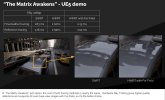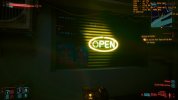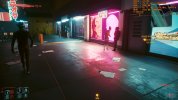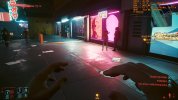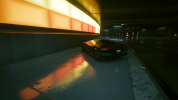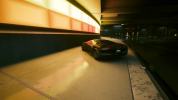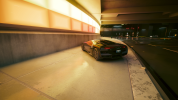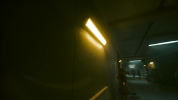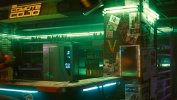I'm not sure I totally buy the distinction you are making... feedback algorithms for multi-bounce are taking samples that are "multi-bounce" as well after the first frame. And if you want to draw a line between doing that without taking additional visibility samples, so does ReSTIR, NRC and friends with both temporal and neighbor path reuse.
Well that’s the thing, NRC and ReSTIR don’t rely solely on reuse and feedback. They’re also tracing raw multi bounce paths each frame. Lumen may also claim this in the near future as one proposed enhancement is to bypass the surface cache altogether on future hardware. Lumen may one day cast multi bounce paths each frame and cache those paths in screen space similar to ReSTIR.
Lumen is really an amazing feat of software engineering but compared to other solutions it does seem really complicated and maybe unnecessarily so. It uses 3 radiance caches (screen space, texture space and world space probes), 3 geometry representations (detail SDF, global SDF and triangle BVH) and 3 tracing methods (screen, SDF, HWRT). That’s a ton of stuff to support. Hopefully it was worth it but we’re already seeing signs that in real use cases some of those options may go unused. In the matrix demo for example BVH tracing was a net quality win over SDFs and performance was similar.
